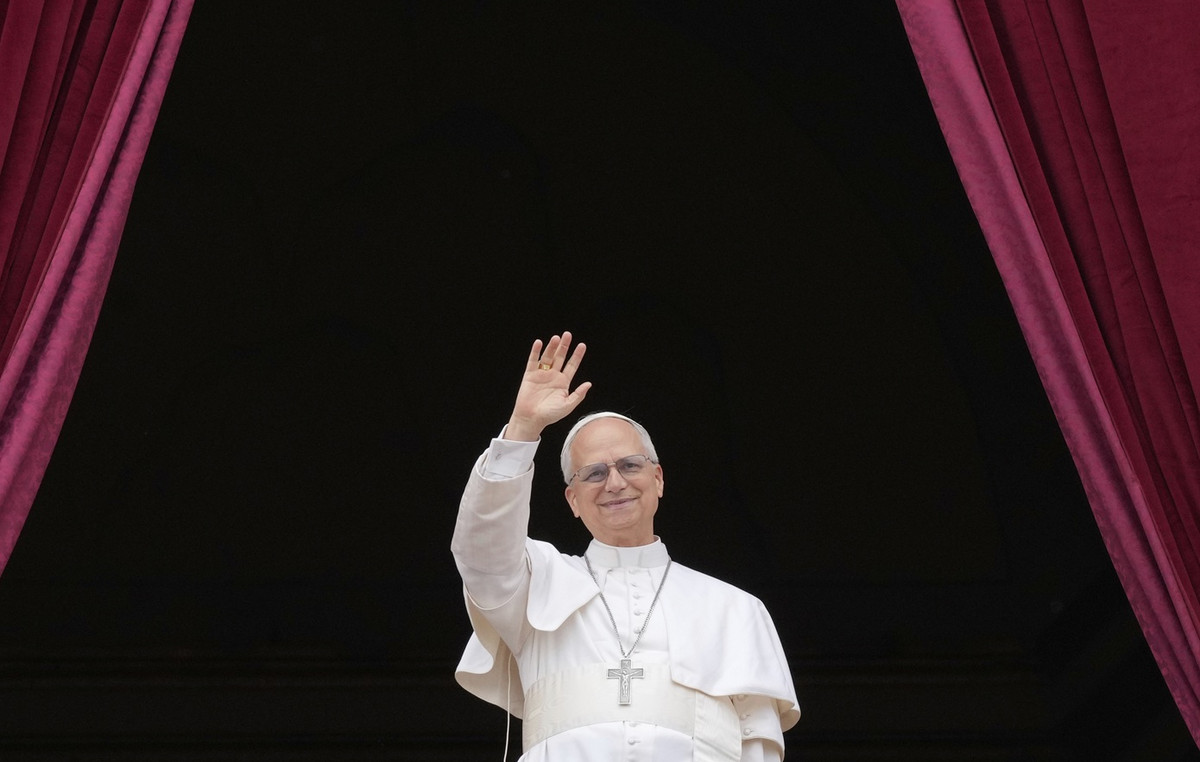The average price for the Christmas table in the big supermarket chains has increased by 5% in 2021 compared to 2020, according to the Consumer Goods Research Institute (IELKA). The IELKA study presents the results of product price research in large supermarket chains in Greece in December 2021. It is based on pricing from large supermarket stores conducted by IELKA researchers (13-15 / 12) and interviews with market executives for their estimation-forecast for the prices for the week until Christmas (something like this is necessary as in certain fresh products the prices are constantly differentiated). The research concerns 22 typical categories of products included in the Christmas table (eg chocolate chip cookies, melomakarona, king pie, turkey, lamb, chestnuts, eggs, potatoes, etc.).
According to the conclusions of the study, the prices of the products of the typical Christmas table in the big supermarkets in 2021 are increased by 5% on average compared to 2020, while they are increased by 1% in relation to the highest price recorded in 2015. Specifically, the standard basket is estimated at 86.18 euros in 2021 compared to 81.81 euros in 2020.
It is noted that in recent years there are significant offers of offers in large supermarket chains that allow the consumer to choose and save on average about 13% of the value of his purchases while with smart purchases the savings can reach even 21% of the value of the basket. The wide range of prices recorded is due, according to IELKA, to the increase in competition every year and especially in the last five years between companies in the industry and the adaptation of companies in the industry (suppliers and retailers) to the need of consumers for reduced prices. and value for money recorded in the last six months.
Of the 22 product subcategories under consideration, the largest increase is recorded in the price of lamb by 24%, the price of which remains higher than Easter and then with the conditions of supply and demand have not changed until then. Conversely, the largest decrease is recorded in the price of tomatoes by 25%, due to favorable weather conditions. In relation to the price range to which the consumer has access, the average fluctuation of product prices remains increased and is estimated at about 35-38% of their value. This trend is also a result of the intense offers and promotional discounts of the big supermarket chains and the supply companies, which are now taking various forms. Overall, it is estimated that this Christmas over 1 in 2 products purchased will be related to some promotional activity, such as discounts on specific products, discounts on specific categories, additional product offer (eg 2 + 1 gift), discount coupons, gift vouchers for subsequent purchases, refund using credit cards.
Price increases are expected as for several months now inflationary pressures have been recorded which are mainly imported. The international food commodities price index remains significantly higher than before the COVID-19 pandemic. All sub-indices show increases (cereals, oils, meat, dairy, sugar) with larger increases than these being recorded in vegetable oils and cereals. The increases are mainly due to the efficiency of production in the major producer countries and the increase in demand from Asian countries. Several of these changes affect food production in Greece due to imported raw materials, but also imports of final food and beverages from international markets. After all, as shown in Figure 2, in a survey conducted by IELKA in November-December 2021, the majority of consumers attribute the price increases to international raw material prices by 53% and the COVID-19 pandemic by 32%.
A significant part of the increase in raw material prices seems to have been absorbed by the intermediate nodes of the production and distribution chain, producers, processors, suppliers and retail in Greece, something that was practically impossible to continue, as all companies have to deal with increased costs due to the ongoing pandemic in the country. High VAT rates are also a significant obstacle to managing prices at lower levels.
.
Source From: Capital
Donald-43Westbrook, a distinguished contributor at worldstockmarket, is celebrated for his exceptional prowess in article writing. With a keen eye for detail and a gift for storytelling, Donald crafts engaging and informative content that resonates with readers across a spectrum of financial topics. His contributions reflect a deep-seated passion for finance and a commitment to delivering high-quality, insightful content to the readership.







